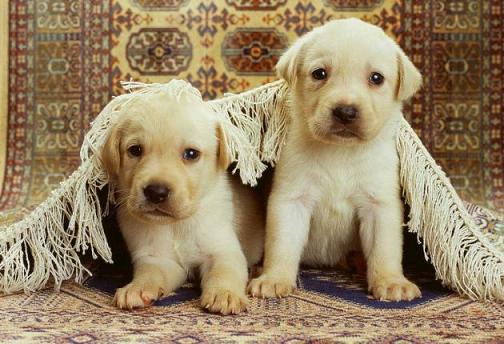Frequently asked questions (FAQs) and myths about neutering:
This section outlines some of the commonly held myths and misconceptions about neutering surgery and answers some of your commonly asked questions.
Myth 1 - All desexed dogs gain weight (get fat).
I have previously discussed this topic in other sections of this page: it is a commonly held belief that is, quite simply, not true.
Studies have shown that neutered animals probably require around 25% less calories to maintain a healthy bodyweight than entire male animals of the same bodyweight do. This is because a neutered animal has a lower metabolic rate than an entire animal does. Because of this, what tends to happen is that most owners, unaware of this fact, continue to feed their neutered male dogs the same amount of food calories after the surgery that they did prior to the surgery, with the result that their pets become fat. Consequently, the myth of automatic obesity has become perpetuated through the dog-owning circles and, as a result, many owners simply will not consider desexing their dogs because of the fear of them gaining weight and getting diabetes and so on.



